Aim is to mitigate the impact of harmful algal blooms and reduce occurrences
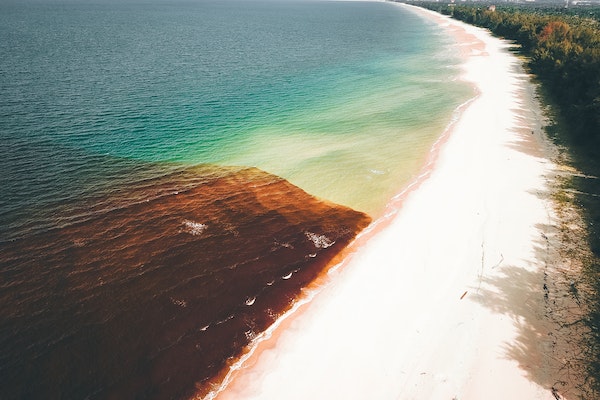
An international team of researchers and managers have published Joint FAO-IOC-IAEA technical guidance to help improve harmful algal bloom (HAB) monitoring and forecasting of harmful algal blooms around the globe. The document provides authorities with a roadmap on how to implement or improve early warning systems for harmful algal blooms (HABs) that can contaminate seafood and threaten public health.
Globally, there are 3,400 to 4,000 described species of marine microalgae, of which only one to two percent are considered harmful. However, there is growing concern that HAB events will become more frequent as ocean temperatures rise and human-caused nutrient inputs to oceans increase. Surveillance systems have been developed to monitor HABs in many countries, but the lead time or adequacy of the data (e.g., determination of toxicity) may not be sufficient to ensure seafood safety.
“Having early warning systems could help mitigate the impact of HABs and reduce the occurrence of HAB events,” wrote the authors. “The Joint FAO-IOC-IAEA technical guidance for the implementation of early warning systems (EWS) for HABs will guide competent authorities and relevant institutions involved in consumer protection or environmental monitoring to implement early warning systems for HABs present in their areas (marine and brackish waters), specifically those affecting food safety or food security (benthic HABs, fish-killing HABs, pelagic toxic HABs, and cyanobacteria HABs).”
The report describes several HAB early warning systems around the world, including NOAA’s many ecological forecasting products for different regions of the U.S. However, the report recognizes that not all countries and institutions can implement the same level of early warning systems for HABs, and states that “this guidance is intended mainly for those who seek to broaden existing early warning systems, or who are just beginning to consider putting a system in place.”
Follow the Advocate on Twitter @GSA_Advocate
Now that you've reached the end of the article ...
… please consider supporting GSA’s mission to advance responsible seafood practices through education, advocacy and third-party assurances. The Advocate aims to document the evolution of responsible seafood practices and share the expansive knowledge of our vast network of contributors.
By becoming a Global Seafood Alliance member, you’re ensuring that all of the pre-competitive work we do through member benefits, resources and events can continue. Individual membership costs just $50 a year.
Not a GSA member? Join us.
Author
Tagged With
Related Posts
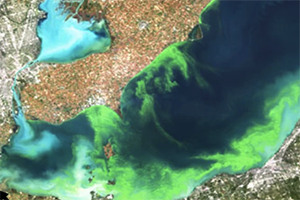
Intelligence
Can machine learning using climatic pattern data help predict harmful algal blooms earlier?
Study shows that a novel machine-learning approach using global climatic patterns can improve seasonal prediction of harmful algal blooms.
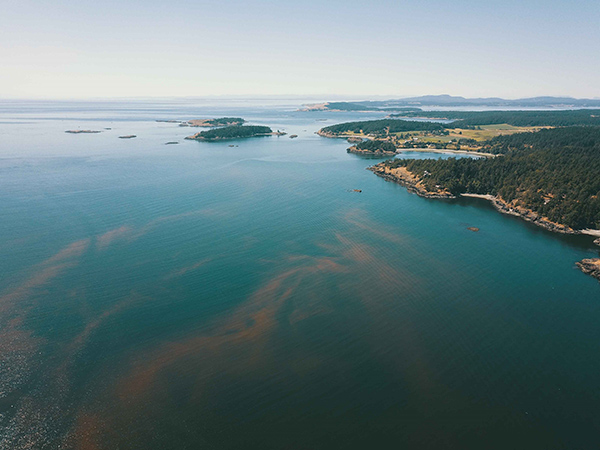
Health & Welfare
Grant to fund training for tackling harmful algal blooms
A new training program is being developed to help UK seafood producers detect and report harmful algal blooms in open coastal waters.
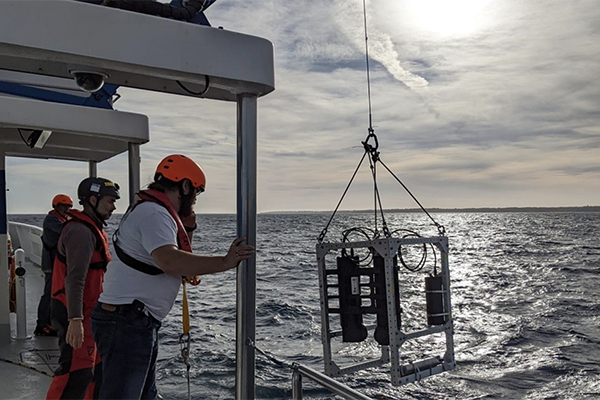
Innovation & Investment
FAU: Holographic microscopy may provide an effective red tide warning system
An autonomous, submersible, 3D holographic microscope and imaging system could provide an effective red tide warning system, a study finds.
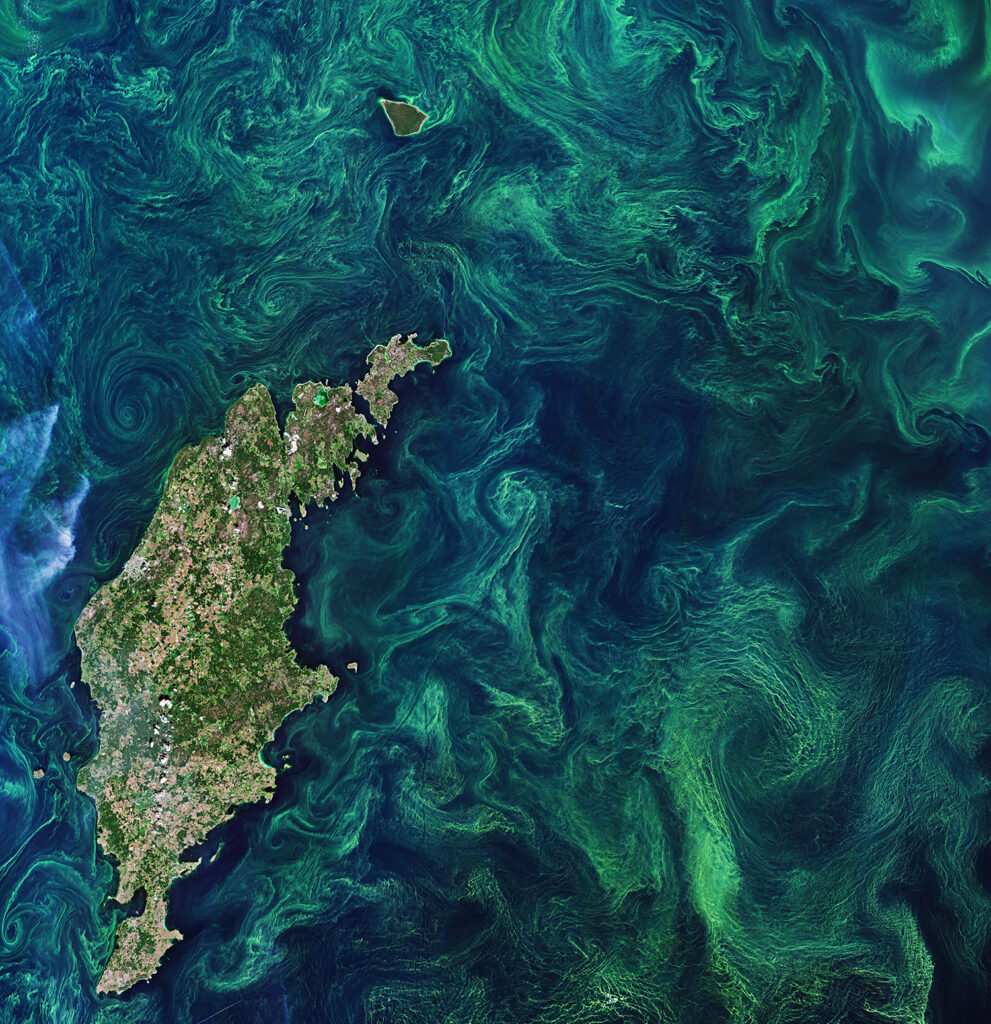
Innovation & Investment
NOAA helps fund the launch of harmful algal bloom control center
NOAA awarded $7.5 million to launch a technology incubator with a mandate to “advance innovative ways to control harmful algal blooms."



